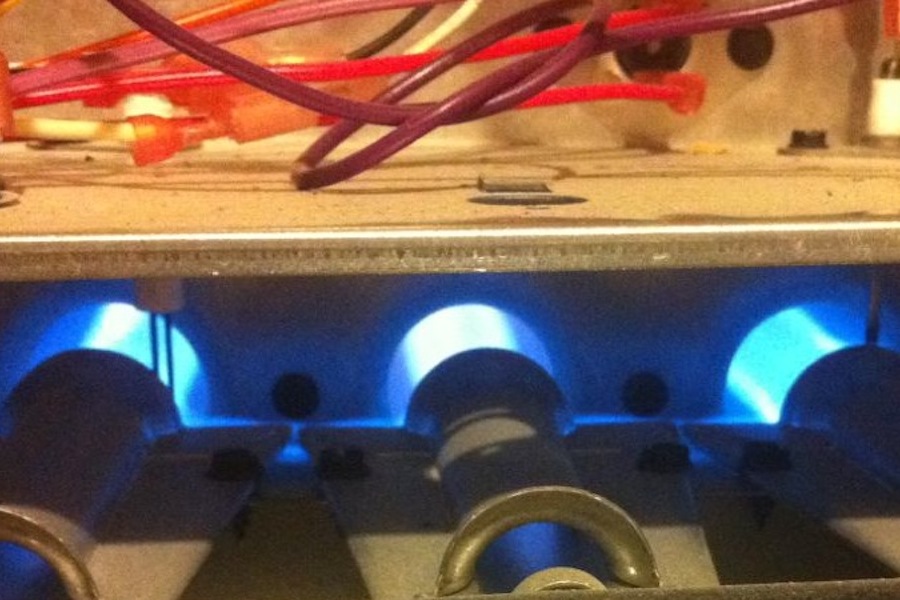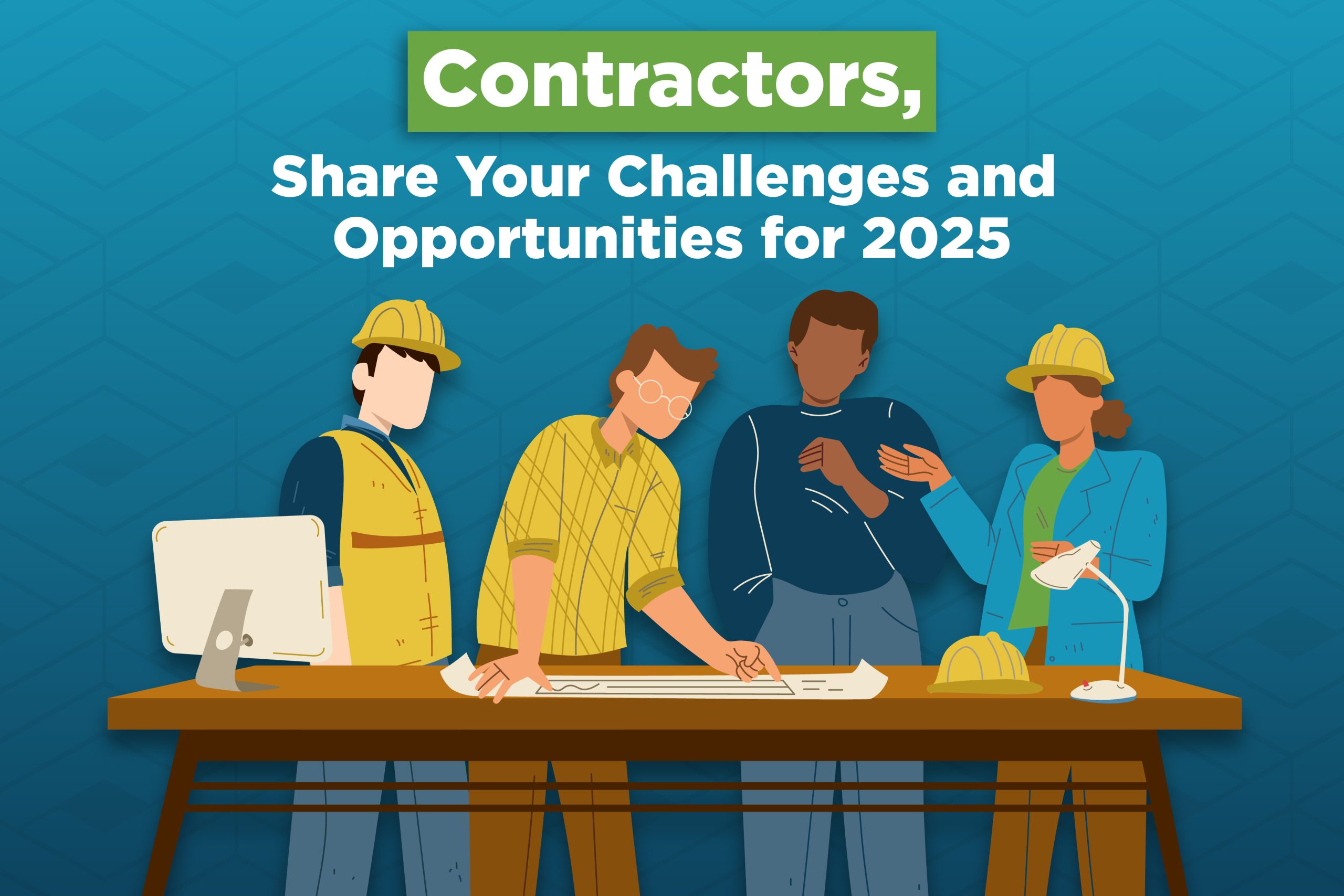Apr 28, 2022
High Costs, High Emissions: Why It’s Time to Phase Out Energy-Wasting Furnaces
The US Department of Energy is considering phasing out outdated and inefficient gas furnaces to reduce energy bills for lower-income households and emissions harmful to human health. Nearly half of US homes use gas or propane furnaces, with basic gas furnaces resulting in average annual heating bills of $700. Heating appliances, primarily furnaces, account for about two-thirds of household gas use and related emissions. New, energy-efficient furnace standards could cut bills by around $100 per heating season and reduce millions of tons of climate change emissions and thousands of tons of NOx emissions, reducing pollution that harms human health.

Outdated, inefficient gas furnaces are generating high energy bills that burden lower-income households and emitting millions of tons of avoidable climate emissions and other pollutants that harm human health. In a soon-to-be-released proposed rule, the Department of Energy (DOE) will consider phasing out the least efficient models currently on the market.
Heating is The Biggest Utility Cost for Most US Households
Nearly half of U.S. homes—about 50 million—are heated with a gas or propane furnace.1 Household with a basic (non-condensing) gas furnace face annual average heating bills of about $700.2 Those who live in older, draftier homes or in colder climates can have much higher bills. High heating bills can force a terrible choice between paying for heat and other necessities such as food and medicine.3 These bills particularly strain low-income households, which pay three times as much of their incomes on energy costs than non-low-income households and are disproportionately Black, Hispanic, and Native American.4 In 2022, rising residential gas prices are making this strain even worse.
Burning fossil fuels in homes for space and water heating, cooking and other purposes are responsible for about 340 million metric tons of greenhouse gas emissions.5 Upstream methane leaks throughout the gas supply chain can nearly double the annual greenhouse gas emissions impact of gas-fueled appliances.6 Gas appliances are also a significant source of NOx, which is the precursor to particulate and ozone pollution. This pollution causes asthma attacks, cardiovascular disease, and even premature death—health problems especially prevalent in low-income communities.7 Gas heating appliances—primarily furnaces—account for about two-thirds of household gas use and related emissions.8
Phasing Out Inefficient Furnaces Would Ease Costs and Reduce Emissions
Manufacturers have developed and popularized substantially more efficient models – known as condensing furnaces – that capture and use more of the heat from the furnace’s combustion chamber, reducing waste. A condensing furnace can cut gas use and heating bills by about 15%, or $100 per heating season on average.
Many consumers have already made the switch, and about half of new purchases are now condensing models. But too many consumers end up with the least-efficient gas furnaces since that’s often what a landlord or a builder chooses. For homeowners, replacing a broken furnace in the middle of winter often doesn’t allow for time to consider more efficient options.
By adopting improved, national efficiency standards that require all new furnaces sold to be energy efficient, DOE can ensure that all consumers benefit from this condensing technology. In a 2016 analysis, DOE found that the additional upfront cost of a more efficient furnace would be paid back well within the furnace’s useful life. Of course, for renters and anyone else who does not pay the cost of a new furnace, the savings start the day that a new, more efficient furnace is fired up.
A strong new standard would also eliminate millions of tons of climate change emissions and thousands of tons of NOx emissions, reducing pollution that harms human health.
What About Heat Pumps?
With electricity generation becoming cleaner, heat pumps can be a great way to reduce climate emissions and, for some consumers, ease heating bill costs. Many utilities and states run programs to encourage heat pump adoption.
The proposed DOE gas furnace standard will not require consumers to purchase heat pumps, which are regulated separately. In 2016, DOE estimated that if non-condensing models were removed from the market, one in ten households looking to replace a furnace to instead purchase a heat pump. The rest would opt for a condensing furnace.
Gas Utilities Have Fought Efforts to Phase Out The Least Efficient Furnaces
The big trade associations that represent gas companies – the American Gas Association (AGA) and American Public Gas Association (APGA) – have fought for standards that would reduce consumer bills (and gas utility sales). They stymied two attempts by the Obama administration to raise the standards and then convinced the Trump administration to issue a rule that effectively blocked strong standards. The Biden DOE repealed that rule earlier this year over the gas industry’s objections. Now, more than 30 years after Congress enacted the original furnace standards, which have never been meaningfully updated, the gas industry is once again lobbying against improving them.
DOE Should Set a Strong Standard That Phases Out Energy-Wasting Models
The Department is now preparing to propose a new furnace standard. In February 2022, DOE sent a draft rule to the White House for review, which is allowed to last 90 days. When that review concludes, DOE will publish the rule for public comment.
Phasing out the most inefficient furnaces would be a big win for consumers, the climate, and public health. It would ease burdensome energy bills and help to achieve climate goals. Supporters of strong furnace standards should be prepared to weigh in on the Biden administration’s proposed rule.
This article originally appeared on the Appliance Standards Awareness Project (ASAP) website and is reprinted with permission.
1 Includes both gas and propane furnaces, which are nearly identical. Energy Information Administration (EIA), Residential Energy Consumption Survey (2015). Table Hc6.1, www.eia.gov/consumption/residential/data/2015/hc/php/hc6.1.php
2 U.S. Department of Energy, Technical Support Document: Energy Efficiency Program for Consumer Products and Commercial and Industrial Equipment: Residential Furnaces. August 30, 2016. Table 8.6.1.
3 J.Howat, J.T. Colgan, W. Gerlitz, M. Santiago-Mosier, and K.R. Rábago. Report Reversing Energy System Inequity. Retrieved April 1, 2022, from www.nclc.org/images/pdf/special_projects/climate_change/report-reversing-energy-system-inequity.pdf.
4 A. Drehobl, L. Ross, and R. Ayala, How High are Household Energy Burdens? (Washington, DC: American Council for an Energy-Efficient Economy, 2020). www.aceee.org/research-report/u2006.
5 Greenhouse Gas Inventory Data Explorer, cfpub.epa.gov/ghgdata/inventoryexplorer/#residential/entiresector/allgas/category/ current.
6 J. Dennison, L. Louis-Prescott, and T. Gruenwald, How Air Agencies Can Help End Fossil Fuel Pollution from Buildings (2021) Pg 5. rmi. org/insight/outdoor-air-quality-brief/.
7 Ibid., pg. 7.
8 EIA, RECS 2015, Table CE4.1, www.eia.gov/consumption/residential/data/2015/c&e/pdf/ce4.1.pdf.





